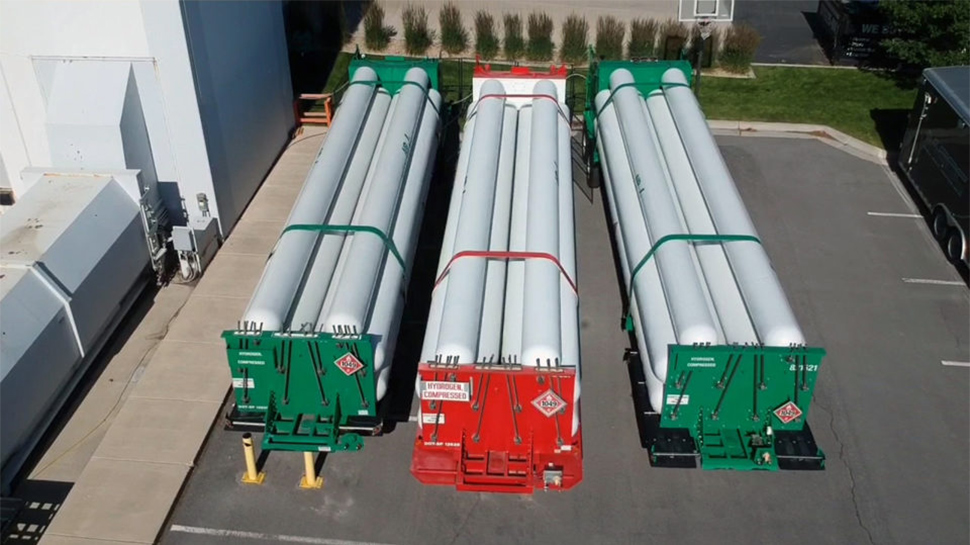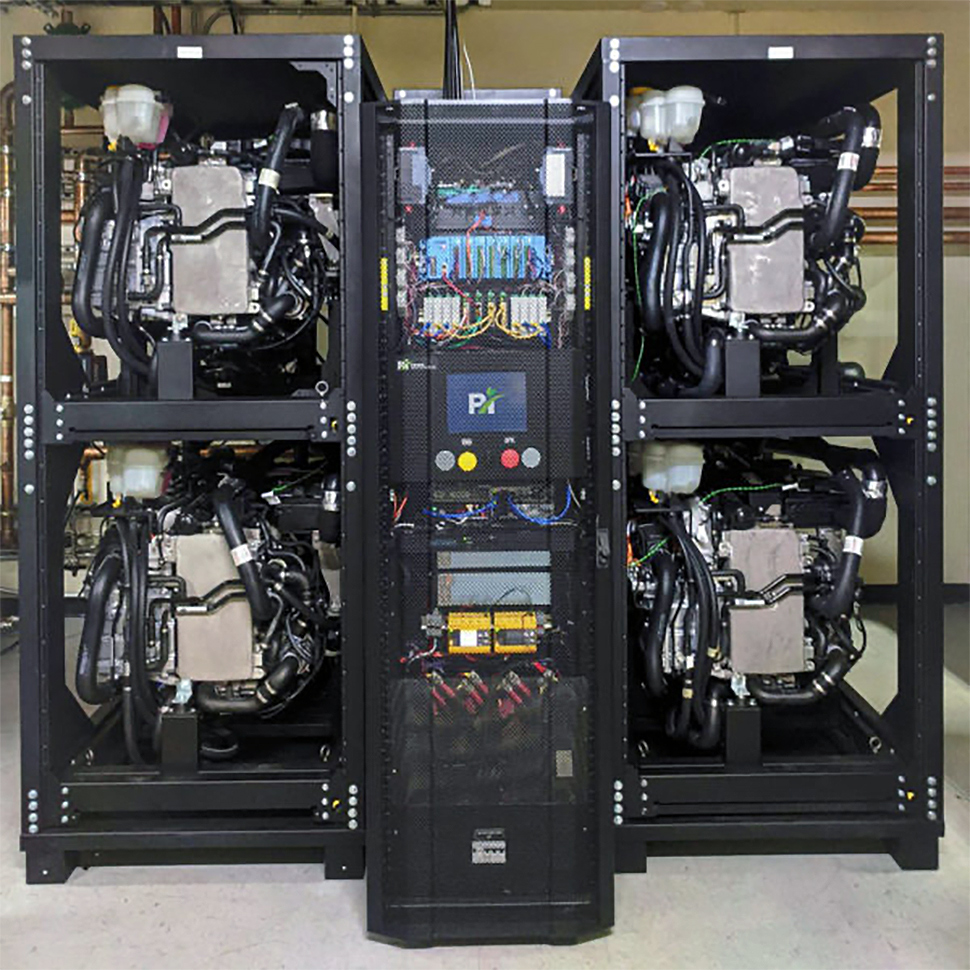Microsoft turns to hydrogen fuel cells for datacenter power
Hydrogen fuel cell system could usher in green revolution at Microsoft data centers

Microsoft has announced it was able to run 10 server racks for 48 hours solely using electricity produced by hydrogen fuel cells.
The system used in the experiment could produce 250kW, enough to power 10 racks, but not enough for a datacenter, with Microsoft now looking to build a more advanced 3mW fuel cell system that could power the a fully-fledged datacenter for 48 hours.
In a bid to guarantee availability of its Azure datacenters for 99.999% of time, Microsoft uses diesel generators that kick off during power grid outages as well as batteries that power servers for about 30 seconds before the generators fire up. Backup generators produce carbon dioxide (CO2) and Microsoft, just like its industry peers, is trying to cut CO2 generation these days. One of the ways to do so is to use hydrogen fuel cells instead of diesel generator.
- Best long battery life laptops
- Best portable laptop battery chargers and power banks
- Best cloud hosting services in 2020
Hydrogen fuel cells
Microsoft used a system based on proton exchange membrane (PEM) hydrogen fuel cells for its test. PEM fuel cells generate electricity and vapor using redox reactions between hydrogen and oxygen, so they emit no CO2. There is a caveat though.
Hydrogen needs to be produced and stored somewhere. Microsoft says that it uses electrolyzer that converts water molecules into hydrogen and oxygen, but that electrolyzer uses electricity, which has to be generated (or generated and stored) somehow.
Considering mission-critical and business-critical nature of today’s datacenters, CO2-generating natural gas or diesel generation have to be used. Furthermore, hydrogen storage takes space and given that hydrogen can explode, large cities and populated districts are unlikely to welcome large hydrogen tanks in the neighborhood.

Microsoft’s 250kW fuel cell system was sufficient to power 10 racks for 48 hours this June. Most of blackouts last for less than 48 hours, so Microsoft (and other operators of large datacenters) need to be able to autonomously power their servers for about two days. Since datacenters today house far more than 10 racks (and as cooling technologies as well as computing and storage density improve, so does power consumption of servers and racks), so Microsoft’s next step is to procure and test a 3mW fuel cell system.
Are you a pro? Subscribe to our newsletter
Sign up to the TechRadar Pro newsletter to get all the top news, opinion, features and guidance your business needs to succeed!
Microsoft admits that the hydrogen fuel cells cannot replace diesel generators in its datacenters just now for many reasons, but it hopes that the situation will change by 2030 when its plans to become carbon negative.
- This new laptop has the world's largest battery
Source: Microsoft (via The Register)
Anton Shilov is the News Editor at AnandTech, Inc. For more than four years, he has been writing for magazines and websites such as AnandTech, TechRadar, Tom's Guide, Kit Guru, EE Times, Tech & Learning, EE Times Asia, Design & Reuse.